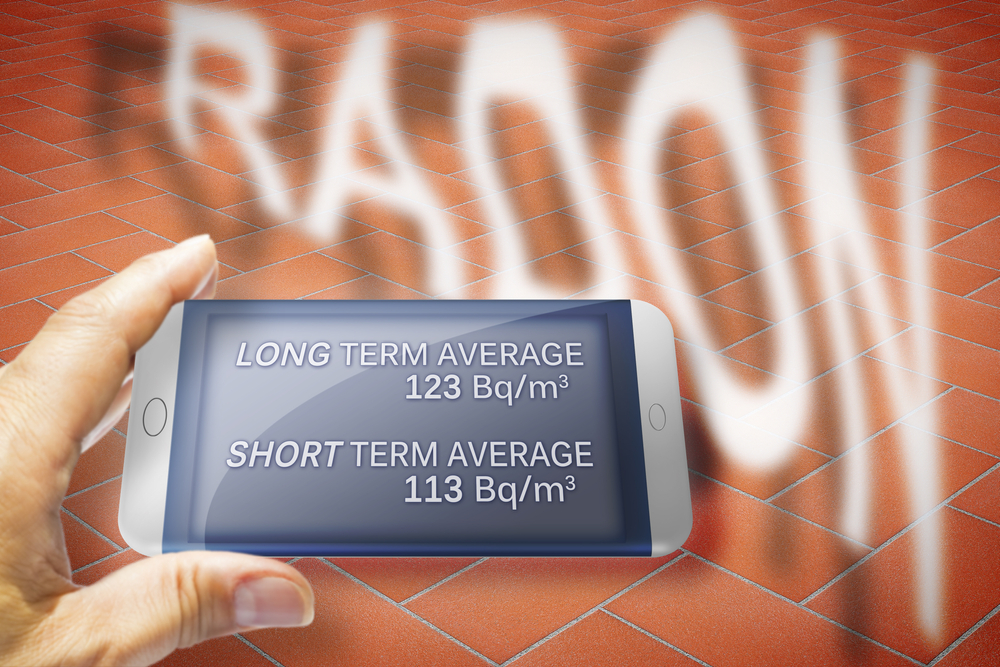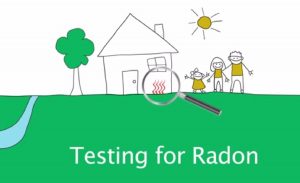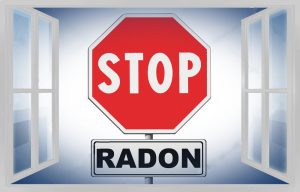Radon gas is without a doubt a silent killer. No matter where you are in the world, chances are that radon gas is present in the air around you. Because it is a naturally forming gas, and there’s an abundance of radioactive material in the ground, you can’t escape it. But the truth of the matter is that radon levels vary between places. Even as neighbors, two houses could show wildly different readings when tested. And as technology has changed, so have appliances and how we live our life.
This is because radon escapes from the soil below. As such, the consistency of the soil and the foundation of your home can both play a role in how much radon enters your home. This is partly the reason why certain states in the United States have elevated levels of radon. In this article, we will be going through which states are the most affected, and what you should do if you live in one of them.
What levels of radon are dangerous?
Now, you can find radon everywhere. Whether you’re indoors or outdoors, there is some level of radon present. Outside, radon levels can be around 0.4 pCi/L (Picocuries Per Liter of air). These levels are safe enough to breathe and won’t cause long-term damage. Inside an enclosed space in the US, the average level of radon is around 1.3 pCi/L.
Keeping radon level on par with the outdoors is the goal that world health organizations want. However, with the current level of technology, this is not such an easy task. At most, radon mitigation measures can keep radon levels under 2 pCi/L.
As long as there is enough ventilation, radon volume won’t easily rise. The real problem occurs when radon accumulates inside enclosed spaces over a long period of time. This is why it is important to get your home tested every year. The more you’re around elevated radon levels, the higher the chance of developing lung cancer.
Elevated levels are anything over 4 pCi/L. At this point, immediate steps should be taken to reduce the amount of radon present in your home. This is especially prudent in certain states where the average radon level is well over 4 pCi/L.
What are the Top States with High Radon?
There are 5 states in particular with very high levels of radon. Many external factors in the environment promote radon gas development.
- Alaska has near-perfect conditions for radon to thrive. Radon can develop from radioactive rock, soil, and the use of water. In Alaska, the volcanic soil is great for radon gas to form. Couple that with the water from the surrounding glaciers, and you can expect high radon levels. The average recorded in Alaska is 10.7 pCi/L.
- South Dakota is the next state with an average of 9.6 pCi/L. It is surrounded by mountain ranges that offer enough resources for radon gas to thrive.
- Pennsylvania is one highly populated state being affected by high radon. There is enough radon concentration for an average of 8.6 pCi/L. You should be testing for radon if you live in this state.
- Maryland is also a great breeding ground for radon gas as large portions of the state is classified by the EPA as a Zone 1 meaning it has a high concentration of radon gas in the ground.
- Ohio has more than enough radioactive material in the ground. On average, Ohio has around 7.8 pCi/L.
In stark contrast, there are certain states in the US with extremely low radon levels. Arizona, Florida, and Hawaii are three of them. Of these, Hawaii is the lowest with an average of 0 pCi/L.
Other states with high levels of radon include:
- Kentucky
- Montana
- Idaho
- Colorado
- Iowa
If you live in any of these states, then always assume that radon accumulation inside your homes is a possibility. Test for radon at least once or twice a year. Hire a professional service to install radon mitigation devices to ensure radon levels are low at home!




